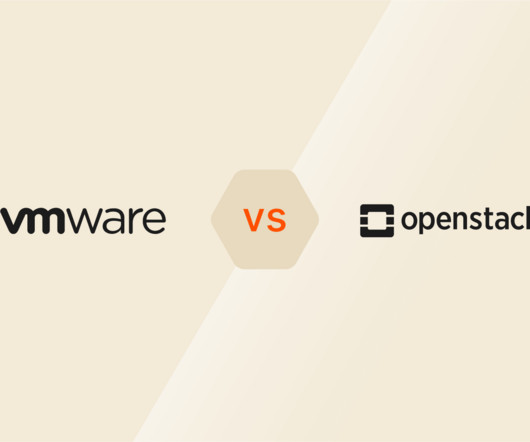Stateful vs. Stateless Applications: What’s the Difference?
Pure Storage
MAY 29, 2024
Token-based authentication: Use tokens (such as JWT) to manage authentication and authorization without server-side sessions. External state management: Leverage external databases, caches, and session stores to manage state data. Load balancing: Stateless services can be easily load-balanced as any instance can handle any request.












Let's personalize your content